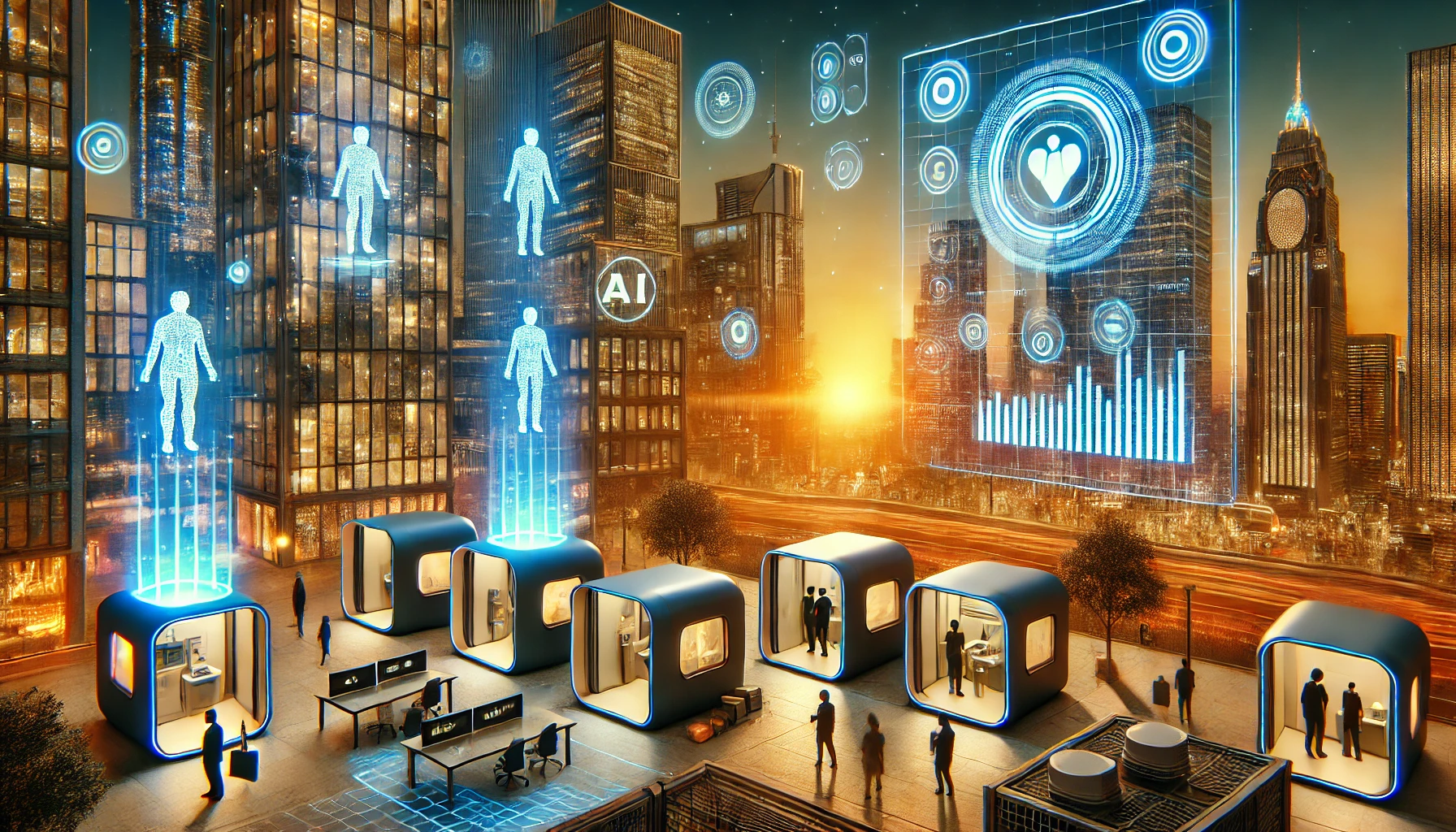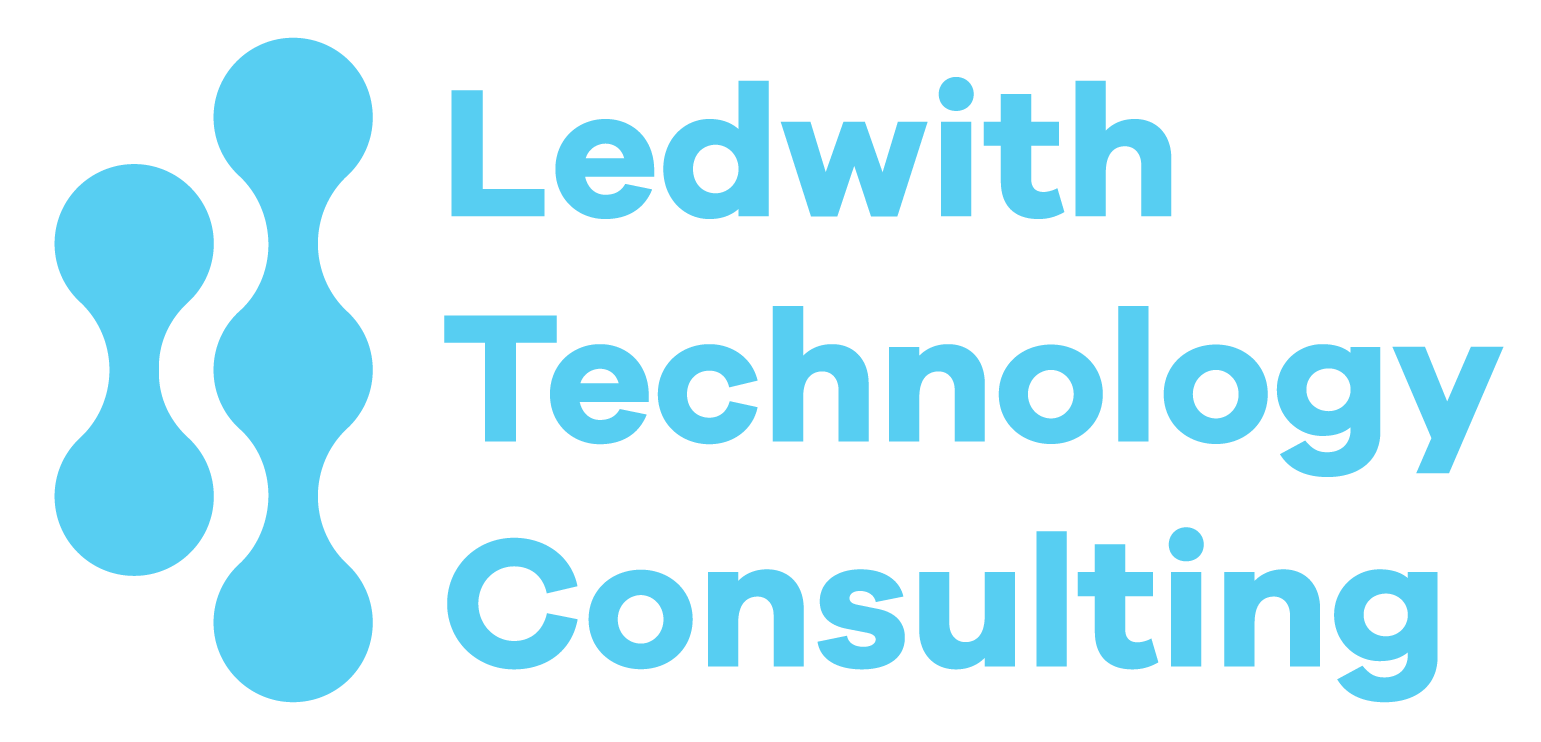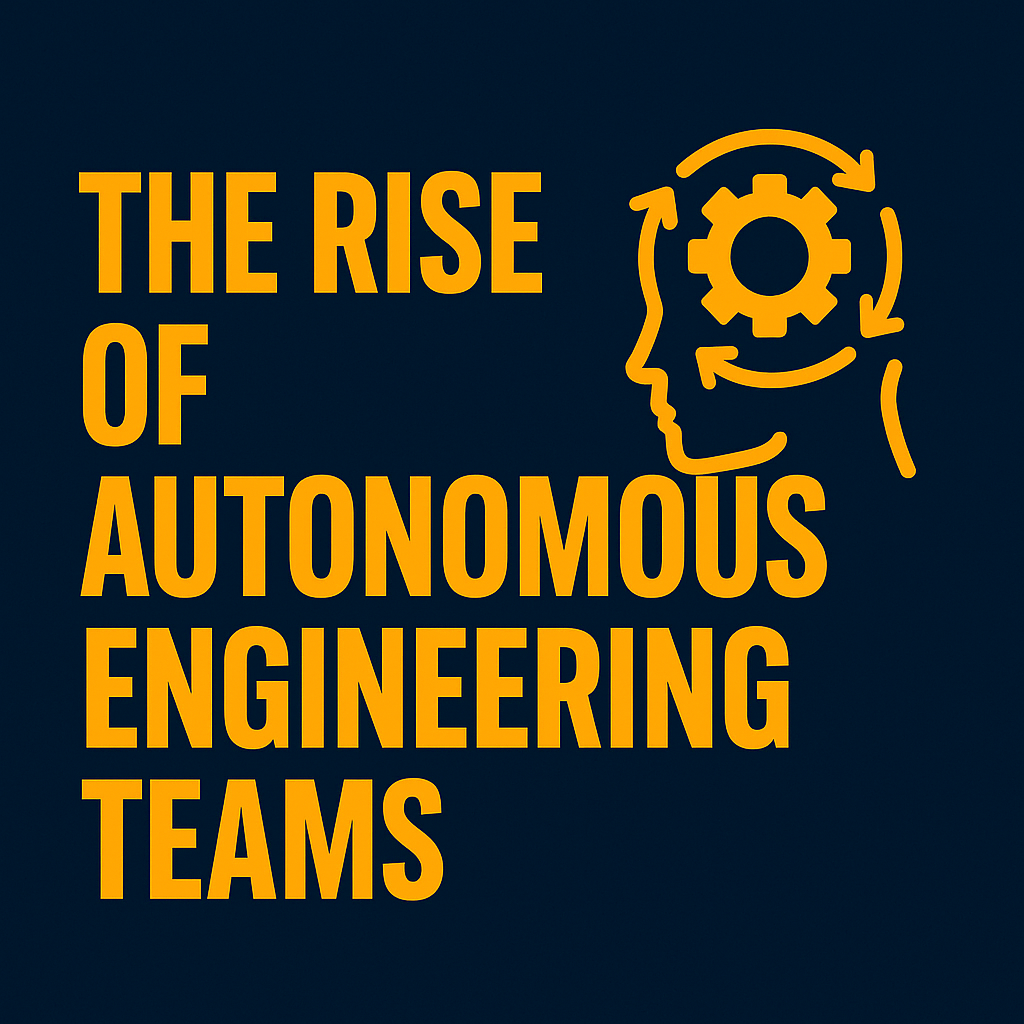By Stephen Ledwith April 11, 2025
Welcome to the Future: Work, but Not as We Know It
It’s the year 2040, and the traditional concept of “going to work” has all but vanished. The once rigid structures of corporate offices have crumbled, giving way to something much more dynamic—on-demand pop-up office spaces tailored to individual and team needs, with AI curating personalized work environments in real-time. Workers are no longer tethered to a single location or even a single company; instead, they move fluidly through an ecosystem of intelligent, responsive workspaces that materialize wherever they’re needed.
Sound crazy? Maybe. But look at how far we’ve come already. Remote work was once a novelty, then a necessity, and finally, a lifestyle. By 2040, it’s an expectation, and the tools we use to facilitate it have evolved in ways few of us could have imagined.

The Birth of the NOMAD Workstyle
With the rise of AI-driven task allocation, project-based hiring, and decentralized corporate structures, the NOMAD (Network-Optimized Modular Adaptive Digital) workstyle has become the norm. This workstyle isn’t just about freelancing or remote work—it’s about seamlessly integrating professional opportunities into daily life, leveraging technology to create the perfect work environment anytime, anywhere.
“The future of work isn’t just remote—it’s modular, adaptive, and deeply personalized.” — Stephen Ledwith
Companies no longer own vast office complexes. Instead, they subscribe to a global network of pop-up office spaces, which can be activated in seconds through AI-powered algorithms predicting workforce density, industry trends, and worker preferences.
How Pop-Up Offices Work
1. AI-Driven Workplace Allocation
At 7:30 AM, an AI assistant reviews your schedule. Based on your tasks, team collaborations, and personal work preferences, it selects the optimal location—a lakeside workspace with augmented reality (AR) whiteboards for a strategy session in the morning, followed by a quiet rooftop pod for deep-focus work in the afternoon.
2. Modular Office Pods on Demand
These aren’t just repurposed coworking spaces. Pop-up offices in 2040 can be deployed via autonomous drones, assembled using self-forming nanomaterials, or repurposed from existing smart infrastructure. Need an office for four hours? A local node fabricates one, customized to your specifications.
3. AI-Enhanced Team Synchronization
Gone are the days of awkward calendar syncs. AI-driven workforce orchestration ensures that team members working on collaborative tasks are physically co-located when necessary. Your workspace isn’t just a place to work—it’s an intelligent environment that adapts to team dynamics in real-time.
Why This Works Better Than Traditional Offices
Flexibility & Cost Savings
- Companies pay only for the office space they use, drastically reducing overhead.
- Workers have complete autonomy over their work environment, reducing burnout.
AI-Driven Personalization
- Each workspace adjusts lighting, air quality, and digital tools based on user preferences.
- AI dynamically optimizes workspace locations based on traffic, energy use, and personal productivity patterns.
Environmental Benefits
- Less commuting, lower emissions.
- Workspaces designed with biodegradable materials, reducing waste.
Unexpected Twists in the NOMAD Workstyle
No radical transformation happens without surprises. Here are some unexpected developments in the 2040 work landscape:
- Work-Tourism Hybrid Model: People live in roaming smart communities where work pods move with them, creating a new class of digital nomads with permanent mobility.
- Corporate Time-Share Agreements: Companies now swap workers across industries, leading to cross-discipline innovation and hyper-adaptability.
- Augmented Reality Socialization: Since people no longer work in fixed offices, AR simulated office parties and watercooler moments replace in-person social interactions.
- AI as the Ultimate Boss: Rather than traditional managers, AI assigns and optimizes projects dynamically, ensuring the perfect balance of skills and workload.
Challenges and the Human Element
Even in a hyper-automated future, humans crave connection and purpose. While pop-up offices solve logistical challenges, companies still need to ensure workers feel engaged and valued. Here’s how:
- Virtual Reality Culture Spaces: Even with physical dispersion, companies invest in shared VR experiences to maintain corporate identity.
- AI-Empathy Training: AI is powerful, but understanding human needs requires empathetic leadership and real-time adaptability.
- Work-Life Integration Coaching: With work becoming fluid, new coaching roles emerge to help professionals maintain healthy boundaries.
Final Thoughts: The Work Future We Deserve
2040’s work landscape is fluid, responsive, and designed for humans, not corporations. The NOMAD workstyle and pop-up office spaces ensure people can be their most productive and creative selves wherever they are. The old model of fixed offices, painful commutes, and rigid hierarchies? A relic of the past.
Are You Ready for the Future of Work?
If you think today’s remote work tools are game-changers, just wait. The next wave of innovation will dismantle the very idea of “going to work”—and replace it with something far more powerful.


